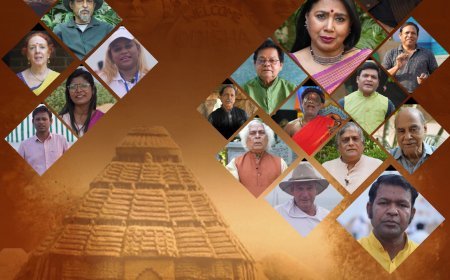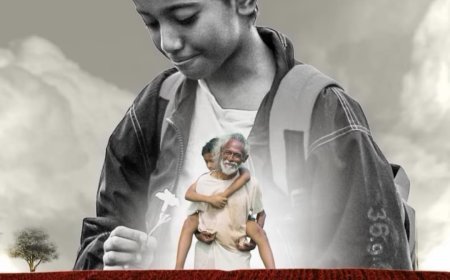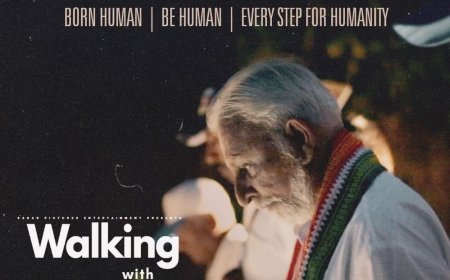"From Cave Paintings to Animation Film Graphics: The Evolution of Visual Storytelling"
Art History

Sanjay Bhatt
In the dim glow of firelight, early humans painted their stories on cave walls—scenes of hunts, rituals, and mythical creatures. These crude yet powerful images marked the dawn of visual storytelling, capturing human imagination in a world without written language.
As civilizations flourished, art evolved—from the grandeur of Egyptian hieroglyphs to the intricate murals of Ajanta and Renaissance frescoes. Each stroke of the brush, each carving in stone, whispered stories of gods, kings, and common folk. The invention of paper and ink brought new dimensions, with artists illustrating manuscripts, adding movement to static forms through sequential art.

Then came the printing press, revolutionizing visual narratives. Engraved illustrations adorned books, while lithographs and woodcuts spread images far and wide. With photography and cinema, storytelling leaped from still images to moving ones. Silent films flickered on screens, breathing life into characters once confined to paper.
The 20th century witnessed an explosion in animation—Walt Disney's Steamboat Willie synchronized sound with motion, while Japanese anime brought intricate artistry and deep storytelling. Hand-drawn frames evolved into computer-generated imagery (CGI), blending realism with imagination. Pixar’s Toy Story (1995) marked a milestone, pioneering 3D animation that would redefine cinematic experiences.
Today, animation film graphics push boundaries with artificial intelligence, virtual reality, and motion capture. From cave walls to digital screens, the essence remains unchanged—the timeless human urge to tell stories, to preserve emotions, and to bridge past and future through the magic of moving images.












































